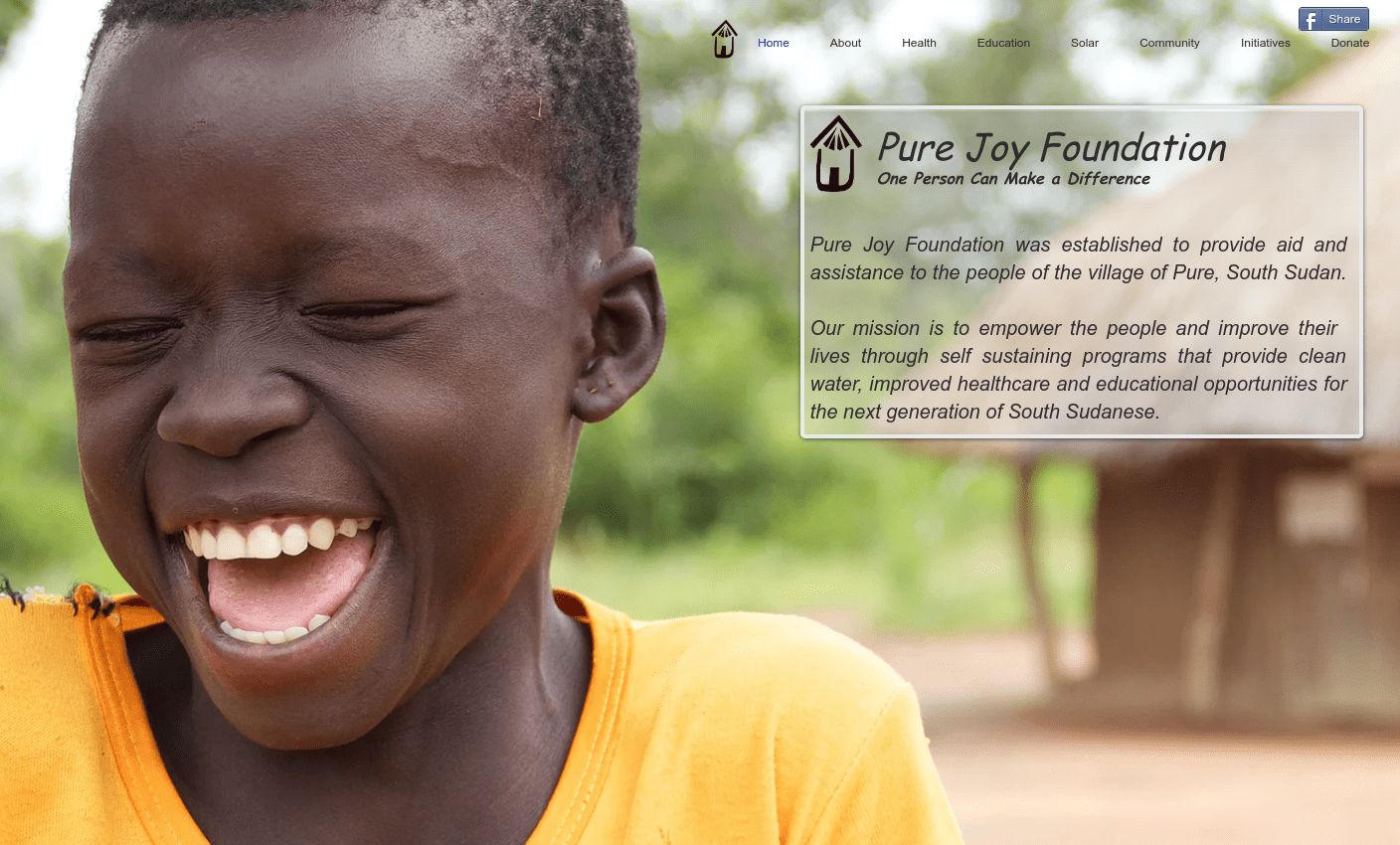

The Global TIOBE Index is a widely cited indicator of the popularity of programming languages. It’s based on the number of skilled engineers, courses, and third-party...
In the multiverse of Rick and Morty, the characters encounter countless technologies, dimensions, and cosmic conundrums. But have you ever wondered what programming languages they would...

Computer programming is rapidly becoming increasingly popular. In turn, more and more parents want their children to learn coding – and for good reason. According to...


How often do you come across a situation where the clients don’t have a clear understanding of what exactly they want? The situation where they describe...
Recent Comments